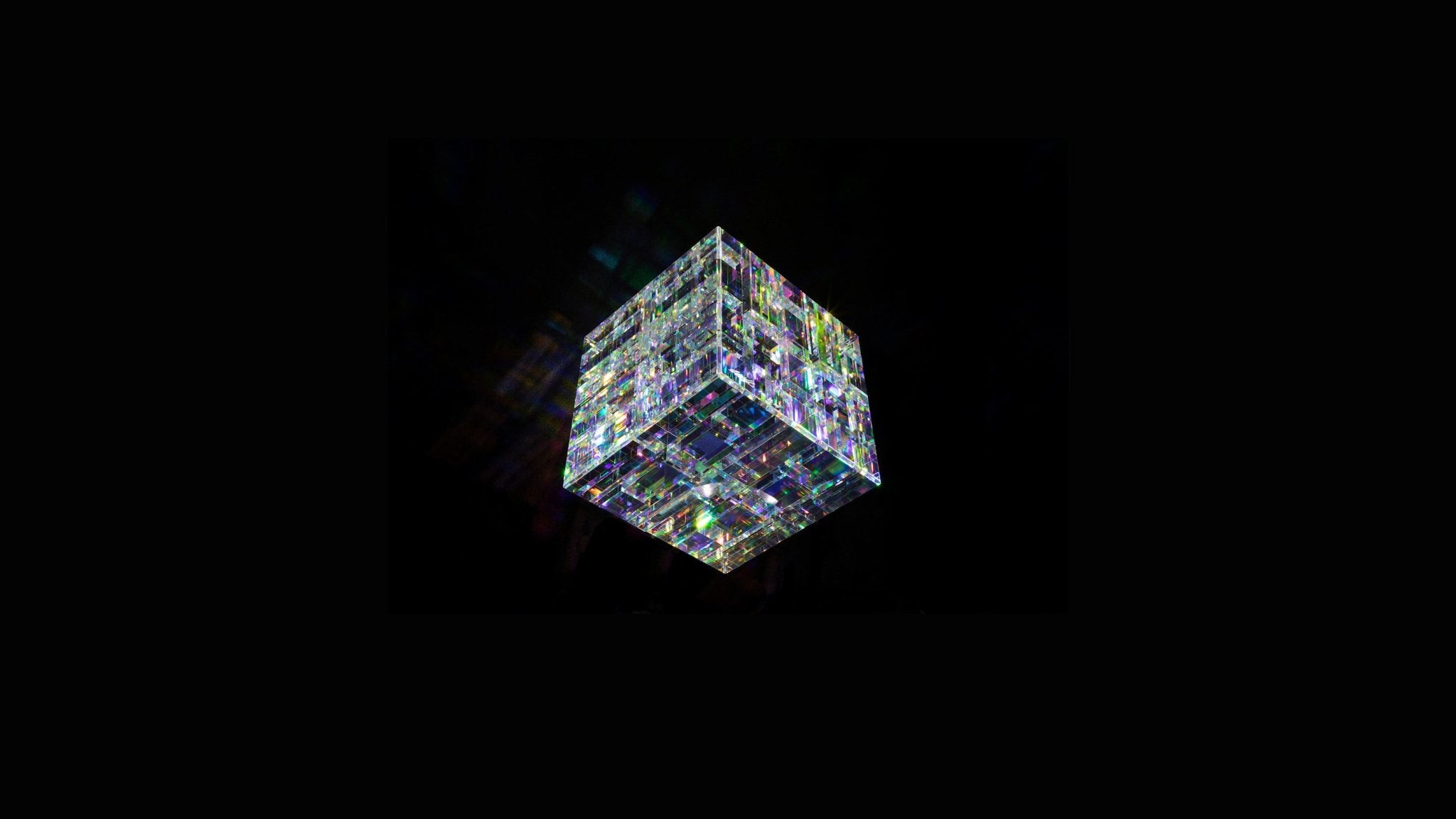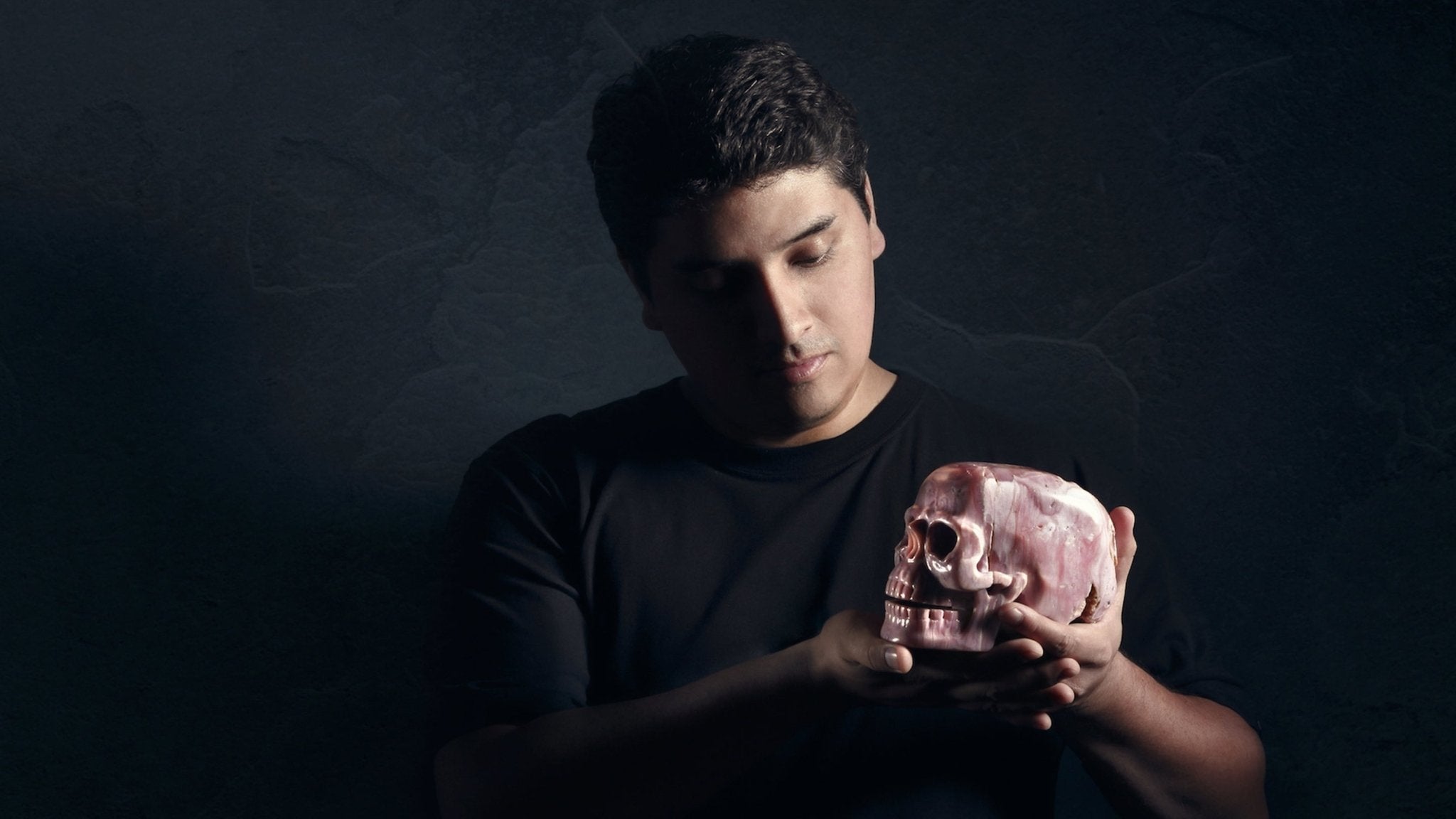Diamonds as a portable wealth
Diamonds are a unique and valuable form of investment, particularly speaking about those of natural diamonds that are considered truly rare. These exceptional stones typically feature significant carat weight, exceptional quality characteristics, or unique attributes—such as vivid fancy colors like pink, blue, green, and red, or, conversely, absolute clarity and colorlessness, as seen in Type IIa diamonds.
Those diamonds are portable wealth, which means you can carry the equivalent of thousands or even millions of dollars on your hand. Unlike other investments, diamonds do not require maintenance like houses, businesses, or land. Instead, insurance and a secure safe are all you need to protect your investment. Diamonds also serve as a timeless heritage that can be passed down through generations, making them an essential part of investment diversification.
One of the most attractive features of diamonds as an investment is that they are highly resistant to market fluctuations. High-grade diamonds do not depreciate and are continually rising in price due to their limited supply. The optimal combination of a diamond's parameters, such as its color, clarity, and carat weight, determines its value, adequacy, and liquidity.
When it comes to purchasing diamonds, the buyers of the most respected jewelry houses, such as Harry Winston, pay attention first to the beauty of the stone. The more radiant the diamond, the more attractive it is to buyers. This makes this type of investment not just wisely calculated but emotionally pleasing as well.
Some may question the safety of investing in diamonds because of the availability of lab-grown diamonds. However, lab-grown and natural diamonds are entirely different categories of products. Despite their presence on the market for decades, the popularity of lab-grown diamonds has not affected the demand or prices for natural stones that fall into investment category.
Overall, diamonds are a safe, portable and timeless form of wealth that can be passed down through generations. The rarity and beauty of diamonds make them highly sought-after by buyers and an excellent addition to an investment portfolio.








